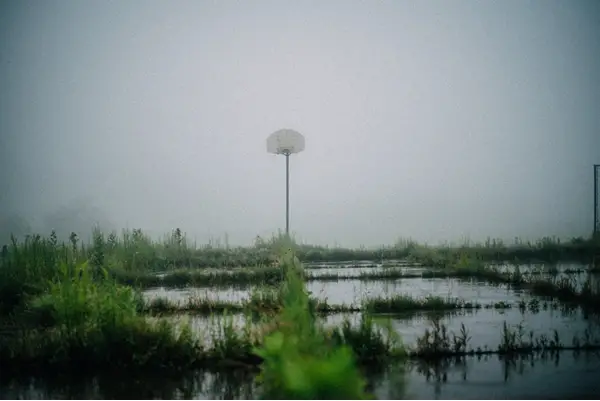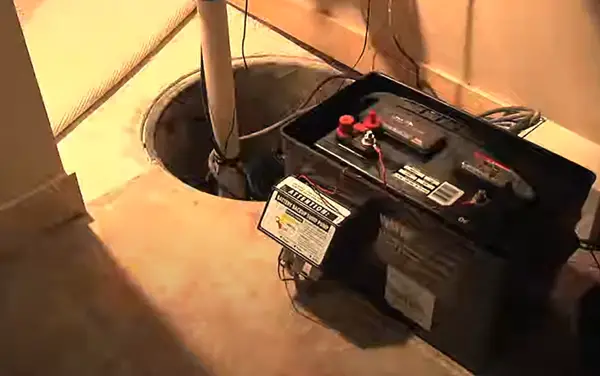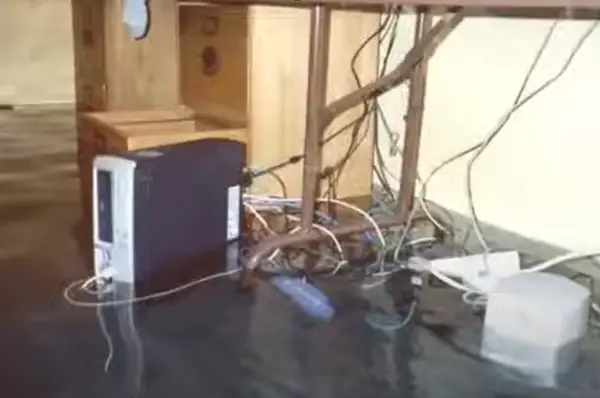Many homeowners think their standard home insurance covers all types of water damage. This is a common mistake. Sump pump backup coverage is an optional but essential addition that many policies do not include.
It protects against water damage caused by sump pump failure or backup through drains and sewers.
Without this coverage, homeowners may face significant financial loss after even minor flooding events.
A sump pump plays a crucial role in keeping your basement dry. It removes water that builds up around your foundation. During heavy rain or snowmelt, the pump prevents flooding.
If the system fails, water can flood your basement quickly. In many cases, standard home insurance will not cover the damage.
Table of Contents
When Water Strikes: What Happens Without Backup Coverage?
Imagine a strong storm causes your sump pump to stop working. Water enters your basement and damages your floor, furniture, and electrical systems. Your insurer tells you the damage isn’t covered. You now face repair bills that can reach tens of thousands of dollars.
As an illustration, even one inch of standing water can cause up to $25,000 in damages to a basement.
Water damage doesn’t stop at visible destruction. It encourages mold, weakens your foundation, and lowers your home’s value.
Mold can begin forming within 24 to 48 hours. That means even quick responses won’t fully prevent losses.
Also, standard insurance policies don’t include damage from water backup unless explicitly stated. If your sump pump fails due to a power outage or mechanical failure, you’ll be paying out of pocket.
With this in mind, protecting your home with backup coverage becomes a smart preventive move.

Protect More Than Just the Structure: Think Beyond the Basement
Homeowners often focus on the visible parts of water damage — walls, floors, and electronics. But there’s more at risk than just physical repairs. When your sump pump fails, water can ruin storage boxes, keepsakes, and essential documents. This is where thinking beyond basic coverage becomes important.
Many people store off-season clothing, holiday decorations, or personal files in their basement. Once damaged by water, these items may not be recoverable.
Storage insurance might cover belongings in a rented storage unit.
In the event of a backup, your flooring is likely to be one of the first elements destroyed. Water seeps into wood, tile, and carpet quickly.
If you’re lucky enough to avoid a full renovation, you’ll still need to refinish your floors fast to prevent mold and warping. The costs and labor involved are another reason to upgrade your coverage before disaster strikes.
Adding this layer of protection can help you ensure peace of mind with storage insurance year-round. You’re not only protecting your house but everything that makes it feel like home. While the policy may seem small on paper, it makes a major difference when water threatens your comfort and safety.
Does Your Current Home Insurance Cover This Type of Damage?
Most standard home insurance policies exclude water that backs up through sewers or drains. The same applies to water that overflows from a sump pump. This type of damage is considered separate from flooding or broken pipe issues.
Another key point is that insurance companies view sump pump failure as a maintenance issue. If they find your pump was old or poorly maintained, they may deny your claim. This adds another layer of risk for homeowners who think they are covered.
The only way to ensure protection is to add sump pump backup coverage as a policy endorsement. This add-on extends your protection beyond the limits of standard homeowners’ insurance.
Is It Worth the Extra Cost? Weighing Premiums vs. Payouts
This coverage is among the most affordable policy upgrades available. Most insurance companies offer sump pump coverage for $50 to $250 per year, depending on the limit and location. That’s a small price to pay considering the average cost of a water damage claim exceeds $10,000.
Besides, the financial cost of damage isn’t the only concern. There’s also the time, effort, and stress involved in cleanup. Personal items, photographs, documents, and electronics are often stored in basements. These items are hard or impossible to replace.
Hence, even if you never file a claim, the peace of mind you get is worth the cost. One unexpected storm or power outage can easily result in a total loss of everything stored in your basement.

Who Needs Sump Pump Backup Coverage the Most?
Some homes are more likely to benefit from a sump pump, especially if you are from flood-prone areas. If your home is in a region with high rainfall or near water bodies, your risk is higher.
Older homes with outdated plumbing systems are also more vulnerable to pump failure and backups.
As a matter of fact, any home with a finished basement should seriously consider this type of protection. If your basement contains a bedroom, office, or living area, water damage can disrupt your daily life for weeks or months.
Homes that have experienced sewer issues in the past are at increased risk. Even if you’ve replaced your pump recently, mechanical failures can still happen due to power loss or clogged drains.
How to Add Backup Coverage to Your Policy
Adding this coverage is simple. Contact your insurance agent and ask if your provider offers water backup or sump pump coverage. Most major insurers offer this option as a policy rider.
Be clear on the details. Ask about coverage limits, premium costs, deductibles, and exclusions. Not all policies are the same. Some might exclude mold damage, while others include it up to a limit.
Not to mention, some insurers offer discounts if you have backup sump pump systems or water alarms. These tools lower the chance of a large claim. They also show the insurer that you’re taking steps to minimize your risk.
Choose a coverage limit that reflects the true value of what’s in your basement. Don’t base your decision only on the minimum premium.
Mistakes to Avoid When Dealing with Water Backup Insurance
Many homeowners fail to realize their policy doesn’t cover sump pump backups. They often assume coverage is automatic. This is a costly mistake. Always check your policy for exclusions related to drains and sump systems.
Similarly, don’t ignore early warning signs. If your pump makes odd noises or runs nonstop, it may be on the verge of failure. Regular maintenance is important. Insurers may deny claims if the damage was preventable.
Another mistake is choosing too little coverage. A $5,000 limit may not be enough to cover repairs, replacements, and cleanup. Review your home’s specific needs before choosing your limit.

Summary: Do I Really Need Sump Pump Backup Coverage Home Insurance?
Water damage caused by sump pump failure is more common than many think. Standard homeowners’ insurance does not cover this type of damage. That’s why sump pump backup coverage is a vital policy addition.
It protects your home, your belongings, and your finances. If you live in a high-risk area, have a finished basement, or rely heavily on your sump pump, the risk is real.
